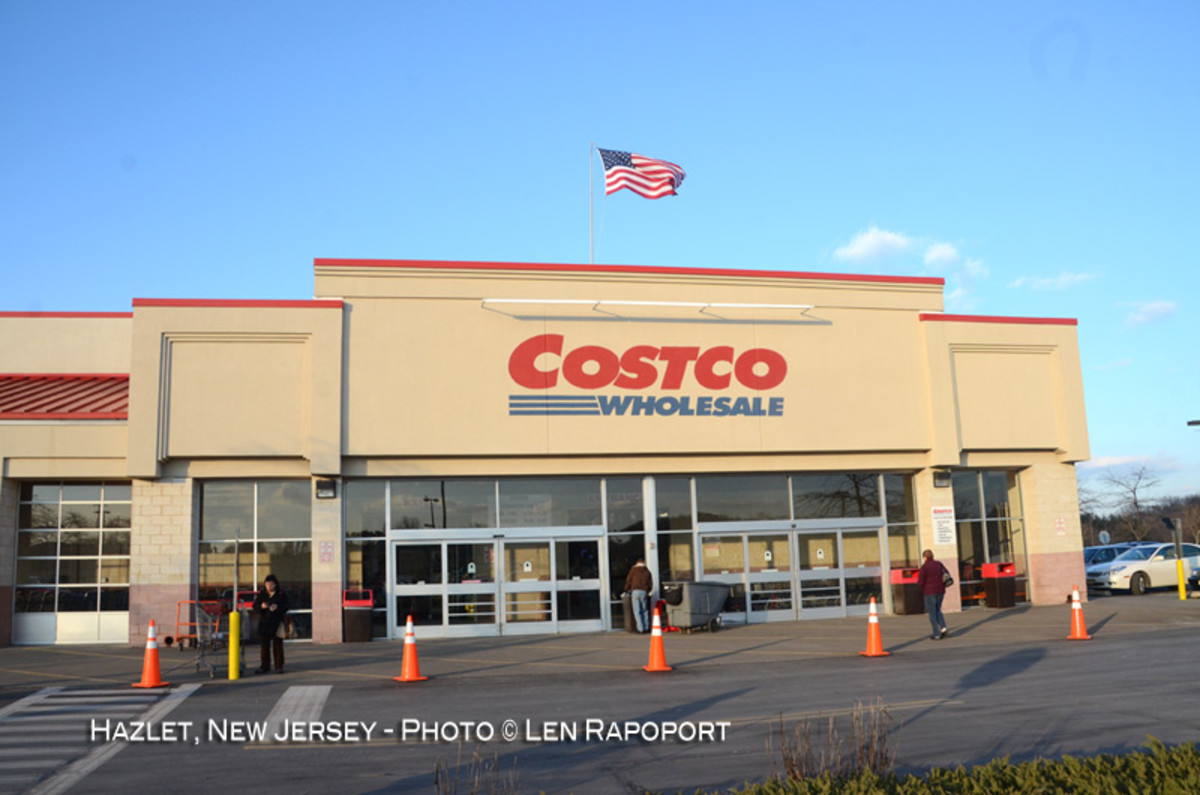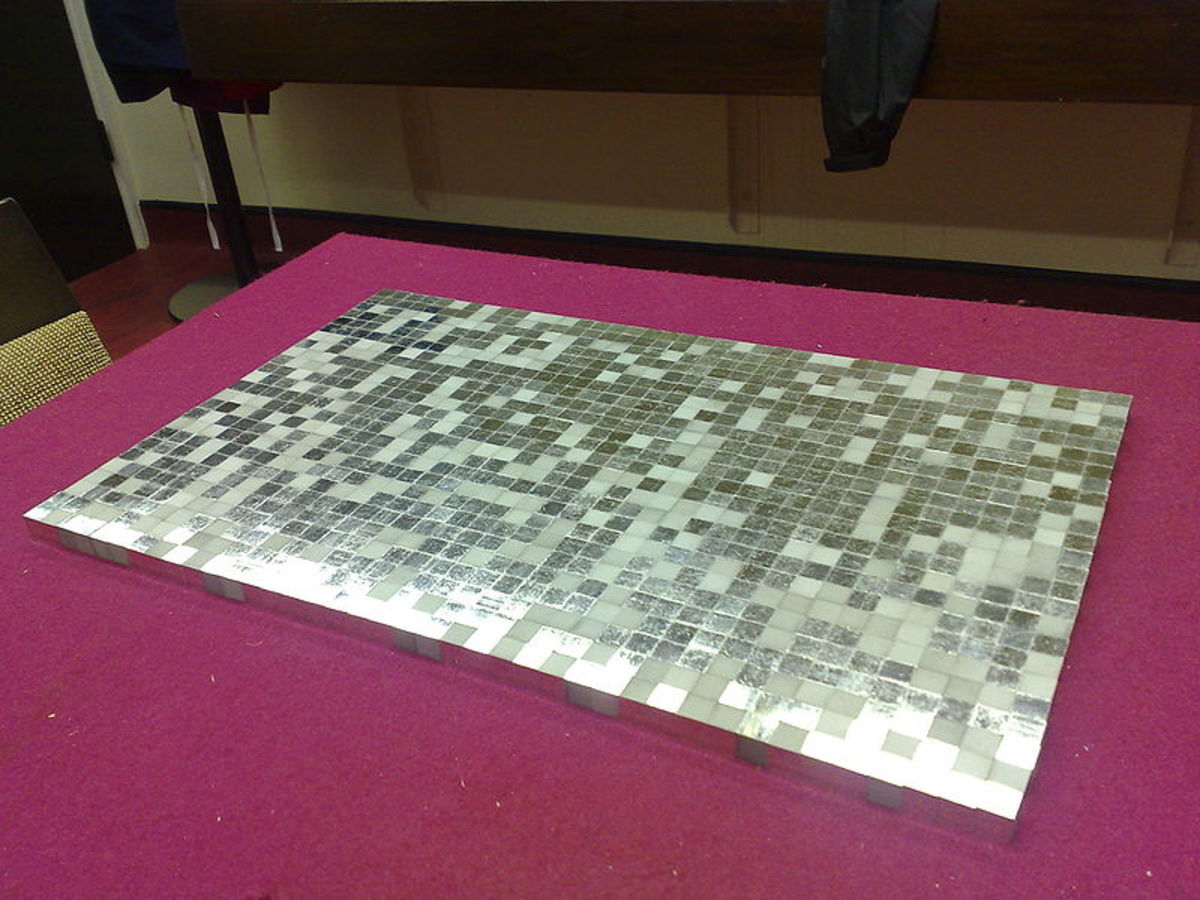Reducing Food Costs in a Small Restaurant

Do Your Have a Small Restaurant?
Food costs can mean the difference between success and failure for a small business. I was a manager for a fast food chain in Texas and I learned a lot about food costs. I had one of the lowest food costs in the chain, it was always less than 19%. I wanted to share things that I have learned with small restaurant owners so that I may be able to help them succeed in their business. I truly hope it is helpful.
Food Cost % = (Beginning Inventory Purchases - Ending Inventory) / Food Sales
My dream is to open a small restaurant in Colorado in the near future once I get my personal finances together and a strong business plan.
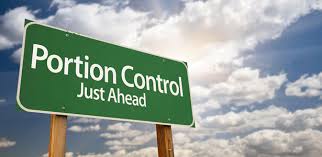
Know How to Price Your Menu Items at Your Restaurant
Pricing your menu items accurately at your restaurant is crucial to the success of your business. If you price items too high you will lose customers and if you price them to low you will lose money.
To ensure you are pricing properly you need to know how much each dish costs to make. To do this you will calculate the cost of every single ingredient in every dish. Say that you purchased flour flour at $4 for five pounds of and you need one cup for a recipe. There are 18 cups of flour in a five pound bag, so take 4 and divide it by 18. That gives each cup of flour a cost of .22 cents. Next you will divide that amount by the servings in the recipe to determine the actual cost of each dish.
Next, since you know what your dishes cost to make you need to do price comparisons in your area. Find restaurants that have items comparable to yours and see what the prices are.
Once you know both the price per dish, and comparable prices in your area, you can set your price for each dish. I suggest making your prices less than other restaurants in your area in the beginning so that you attract customers. Make your menus on paper so that it can easily be changed later.
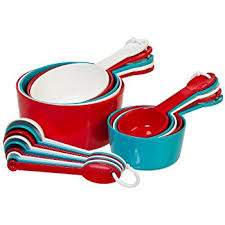
Practice Portion Control to Reduce Food Costs
Each of your recipes and dishes will call for a certain amount of each ingredient, topping, or garnish. If you or your employees are not consistent with your dishes you can lose a lot of money, and also upset customers. Train all of your employees to measure out everything. It may be a tedious thing to do, but it will pay off for your small restaurant in the long run.
Example:
Two pound head of lettuce costs $1.50
You have set the price of your dish based on 3 ounces of lettuce, but each time the dish is made there is 4 ounces placed on it.
1.50 divided by 32 ounces means that each ounce of lettuce has a cost of .05 cents.
You have calculated for the lettuce to be .15 cents per dish, but it is actually costing .20.
Say that you make that dish 10 times a day seven days a week for a year. That means a loss of $182.50 a year for your restaurant.
That amount may not seem like much, but consider this happening to all of your menu items. It could easily cost your restaurant thousands of dollars a year if the portions are not controlled. Portion control is truly vital to your food costs.
The above calculations are just to give you an idea of how to calculate the losses you could have if your food costs are not controlled.
Scales work wonders for portion control

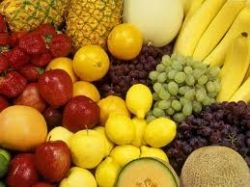
Inventory! Inventory! Inventory!
Keeping accurate inventory for your small restaurant is very important to your success. Inventory does not just help you control food costs it helps you monitor your supplies for theft or ordering. It is a necessity for your business. Make an inventory sheet that can be used at least once a day, and include everything from meats, prepared foods and condiments. If it has a cost you can determine the amount of inventory that your small restaurant has. To ensure your inventory is accurate you should purchase a POS (Point of Sale) system. It will help you track everything including inventory, food cost, labor, and more.
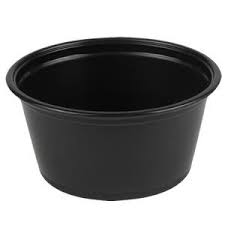
Portion Cups

The Extras Can Greatly Increase Your Food Cost
Extra items such as condiments can add up in your restaurant. Ketchup packets can cost about .05 each, and other condiments can cost more than .15 each. If you give away 100 condiments a day that cost .15 it will add up to more than $5000 a year. I have been to fast food chains that would give me more than 10 pack for a small french fry. The funny part is that I do not even use ketchup on my fries. Can you imagine how much they waist on these items each day?
Now I do not suggest you charge for condiments at your restaurant because it can really run customers off. I have stopped going to restaurants because they would charge for ranch or other additional sides. If you lose a customer it will cost you much more then the few cents it costs for the condiments you offer.
Instead of increasing your food cost by giving your condiments away, or running customers off because you charge for condiments, find a neutral point. Do not give condiments out unless asked for. If you do have salads you should start with a small amount of dressing, then provide more if the customer asks. If the customer does ask for extra condiments or dressings give them a reasonable amount without going to an extreme.
Be conscience of all the prices in your restaurant. Everything costs you money, so you need to watch where your money is going. High food costs is one of the leading reasons small restaurants shut down. If you do not have knowledge of food costs do not open a restaurant until you learn, or hire a manager that can help your business grow.
Biggest Loss!
What do you think the biggest loss in restaurants is?
Make it right the first time
There is a national fast food chain here in Colorado where I live. The speed of service has gotten so bad that the local people have almost completely stopped going to this location. Why? because of all of the food mistakes. I have went to this place for dinners, ordered 3 meals, all were wrong. So they fixed more. Then they were wrong yet again so I called the corporate office. They then replaced the meals again. So that night, just for my situation, they lost over a hundred dollars and lost a local customer. Losing a local customer is huge when you live in a town that lives off the locals during the Winter months.
If this location does this continuously, they are looking at a food loss of thousands a year. Teach your employees how to correctly make each meal. Take pride in the items that you serve, and be consistent with everything that goes out of your kitchen. The place in this example can keep going for a while because it is a huge chain, and I am not talking about McDonalds. If they only had one location they would have been out of business years ago.

